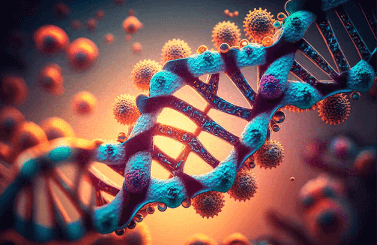Question
a.
True
b.
False
c.
May be True or False
d.
can't say
Posted under Electronics and Communication Engineering
Interact with the Community - Share Your Thoughts
Uncertain About the Answer? Seek Clarification Here.
Understand the Explanation? Include it Here.
Q. The h parameter equivalent circuit of BJT has one voltage source and one current source.
Similar Questions
Explore Relevant Multiple Choice Questions (MCQs)
Q. In an RC-coupled amplifier for improving the low frequency response
View solution
Q. The minimum gate source voltage that creates the n-type inversion layer is called
View solution
Q. At midband frequencies the coupling capacitor in RC coupled CE amplifier may be considered as
View solution
Q. An engineer designs an amplifier to have a voltage gain of 60, but when constructed it only had a gain of 50. What percentage of feedback will cause oscillations?
View solution
Q. If a class C power amplifier has an input signal with frequency of 200 kHz and the width of collector current pulses of 0.1 ms, then the duty cycle of the amplifier will be
View solution
Q. An ideal voltage amplifier should have
View solution
Q. In a class C operation VCC = 40 V, RL = 50 Ω. The maximum load power can be
View solution
Q. IF VCC = 15 V, VCEQ = 5 V and ICQ = 50 mA, the efficiency in class A operation is
View solution
Q. A bridge rectifier circuit has a dc load current of 10 mA and a filter capacitance of 1000 μF. The peak to peak ripple voltage is
View solution
Q. Which of the following best represents the bandwidth of an actual op-amp?
View solution
Q. Class C amplifier is suitable for
View solution
Q. In a N-P-N transistor, when emitter junction is forward biased and collector junction is reverse biased the transistor will operate in
View solution
Q. A Wien bridge is suitable for
View solution
Q. Which op-amp circuit uses a capacitor in series with input and resistance in feedback path?
View solution
Q. For class B operation the theoretical maximum efficiency is
View solution
Q. Typical values of current gains for CE, CB and CC amplifiers are
View solution
Q. To draw ac equivalent circuit for a CE amplifier we should
View solution
Q. The signal input to a given amplifier is made up of 100 mΩ signal power and 1 mΩ noise power. The amplifier contributes an additional 100 mΩ of noise and has a power gain of 20 dB. The noise factor is
View solution
Q. Assertion (A): The gain of an FET amplifier can be changed by changing gm
Reason (R): Most receivers use automatic gain control to counteract changes in volume caused by fading
View solution
Q. The element in the feedback circuit of a logarithmic amplifier using op-amp is
View solution
Recommended Subjects
Are you eager to expand your knowledge beyond Electronics and Communication Engineering? We've handpicked a range of related categories that you might find intriguing.
Click on the categories below to discover a wealth of MCQs and enrich your understanding of various subjects. Happy exploring!








